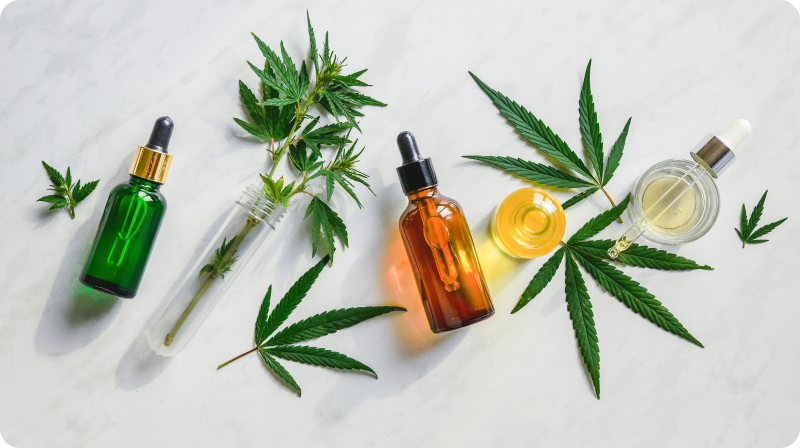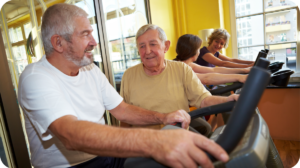Pain is one of the most intractable health issues and a part of most ailments and diseases. Pain has both medical and psychological components. The chronic pain of some conditions, such as lower back issues, can significantly diminish quality of life. Chronic pain, or the perception of it, is what fueled the opioid epidemic in America.

Cannabidiol (CBD) is one of a class of compounds called “cannabinoids”, and is extracted from cannabis and hemp plants. CBD showed early promise in treating pain. Studies with mice indicated that CBD had significant potential to reduce inflammation and associated pain. Those results have not translated to the first human studies, but much more research needs to be done.
Unfortunately, as medical marijuana and CBD have been legalized in states across the country (CBD is legal nationally), there has been an explosion of CBD and related products charging ahead of research. Predictably, some manufacturers have made outrageous claims. Some even blatantly overstate the amount of CBD in their products.
That hyperbole clouds the fact that CBD has legitimate medical value that is only becoming clearer as more studies are conducted. If you use an NSAID pain-reliever such as aspirin or ibuprofen on a regular basis, it may be well worth your while to see if CBD could replace some or all of it (regular use of high levels of NSAIDs can lead to liver and kidney damage, among other problems). The many products available mean sufferers can fairly safely carry out their own research.
Here are guidelines for experimenting with CBD to treat pain:
1. Buy quality. CBD and THC products are not currently regulated by the federal government. Look for organic products made from full-spectrum hemp (it should say “full-spectrum” right on the label). Only purchase products for which the manufacturer supplies a certificate of analysis (COA), a verification of the actual amount of CBD in the product.
2. Understand the action. CBD’s effect is what researchers call “biphasic:” too much of the compound will be just as ineffective as too little. Treating any condition with CBD entails tailoring the dosage to the individual in a very exacting way.
3. Use a tincture. Tinctures from a reputable source allow you to tightly control the dosage, and adjust as necessary.
4. Keep track. Use a log (digital or longhand) to note the time and amount of each dose you take. There are apps for tracking daily medications, which are excellent for recording CBD use.
5. Start modest. Begin with 10mg twice a day. Slowly increase until you notice a decrease in pain. If increasing the dosage does not improve efficiency, trying slowly lowering it day by day.
CBD may be more clearly effective in topical use. You can find a range of creams and lotions meant to be used on joint pain caused by arthritis or overuse. Start with a 200mg cream massaged into the joint twice a day for a week. If the pain persists, slowly increase the dosage and number of times each day until you experience relief. Keep abreast of the latest information and developments about CBD, by following the CBD Association, at www.cbdassoc.org.
Safety First!
CBD, and even products containing a blend of CBD and THC, are generally safe for adults to use. However, at high doses, CBD can potentially cause liver damage. Even lower doses can interfere with certain prescription drugs. Always consult your physician before taking CBD, and especially if you are pregnant, immunocompromised, or elderly (those groups should avoid taking CBD unless specifically recommended by a doctor).
Show some love if you liked this post!







